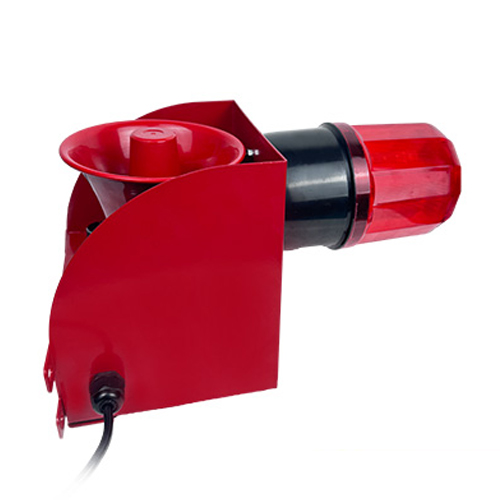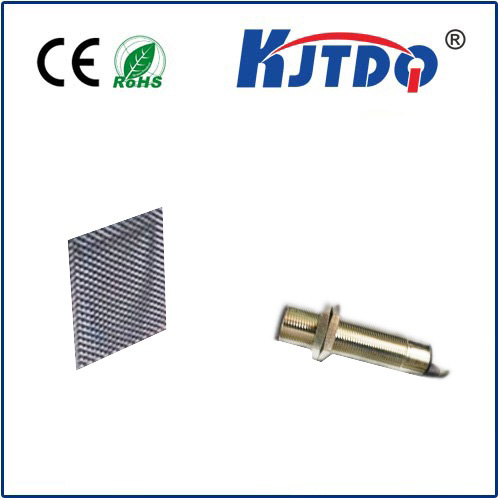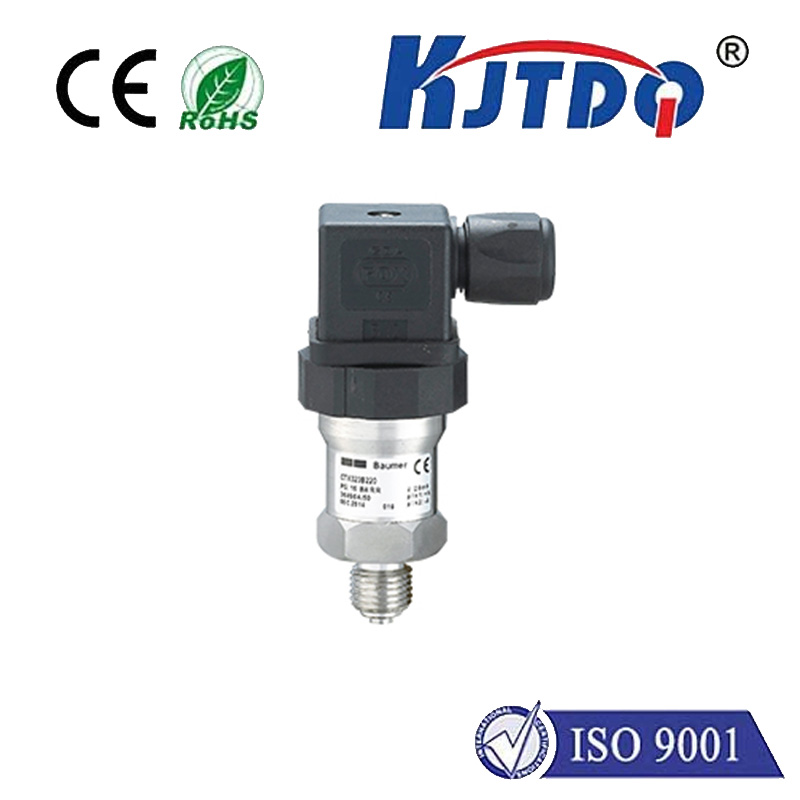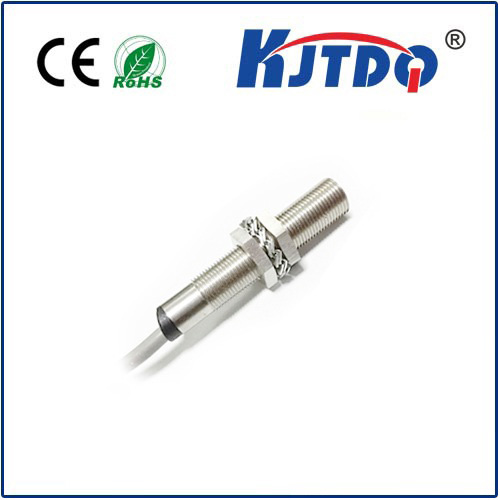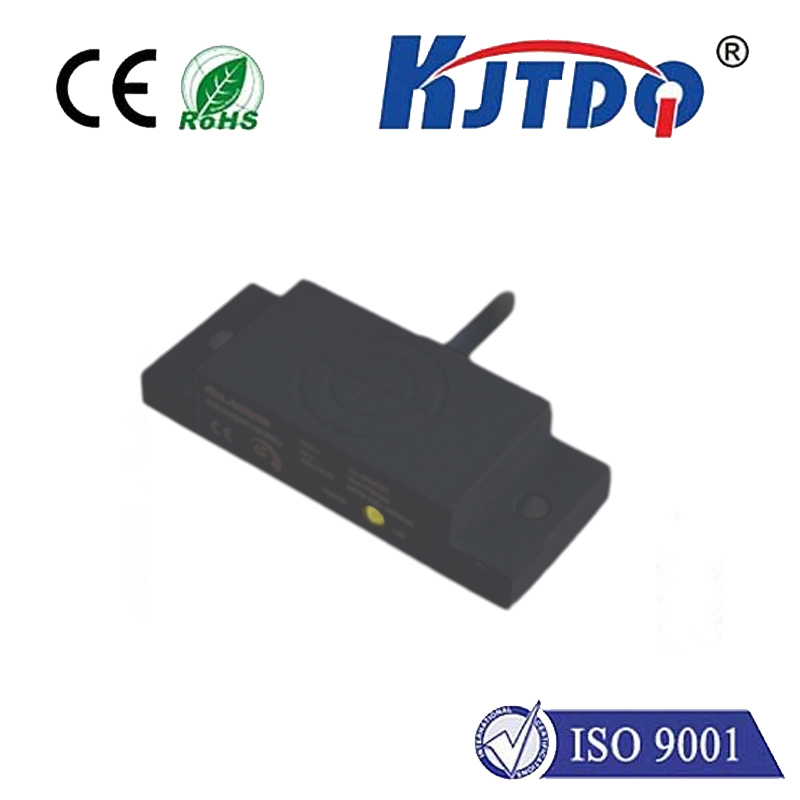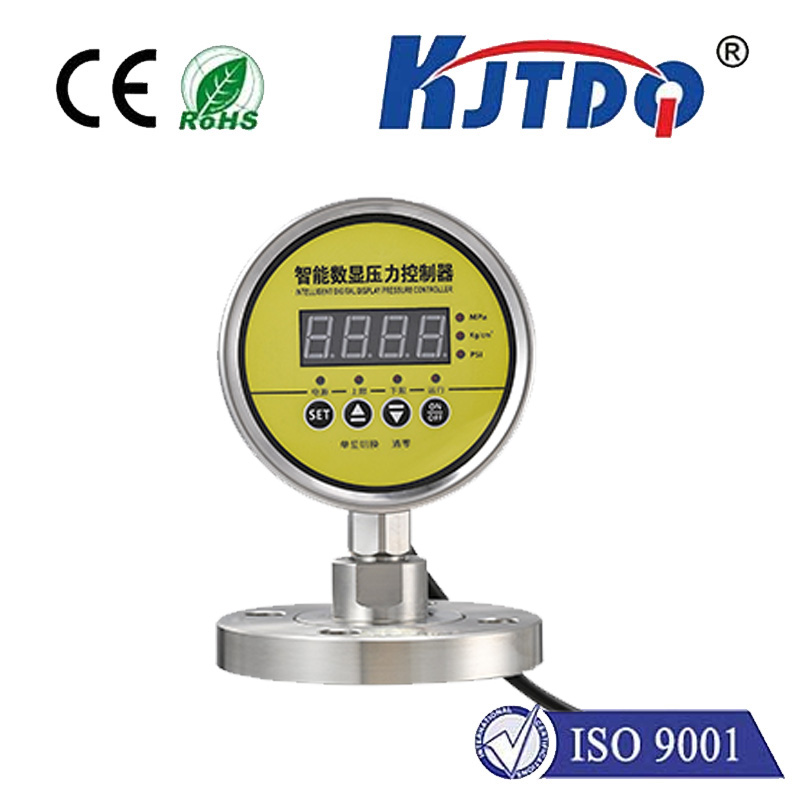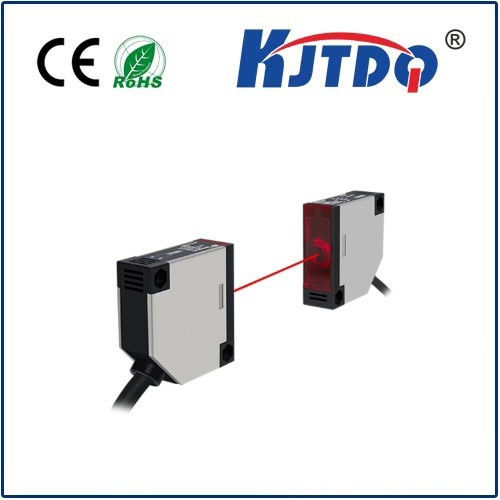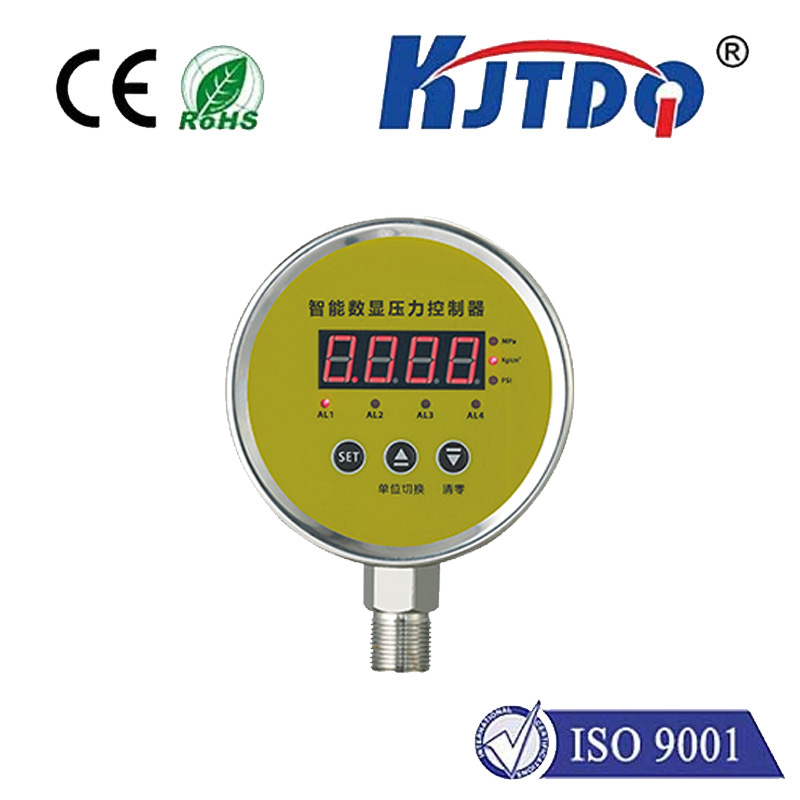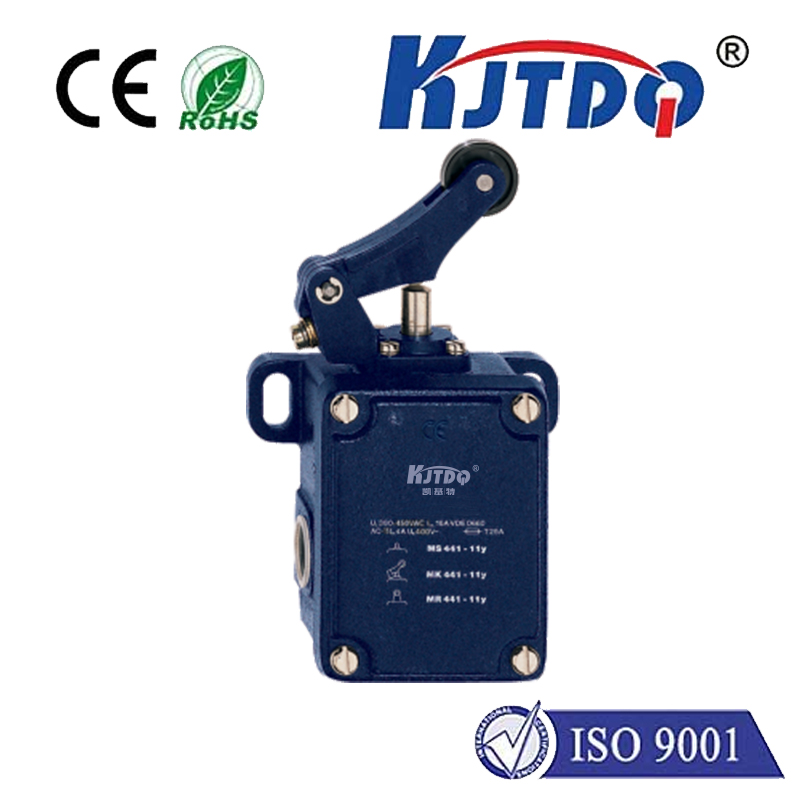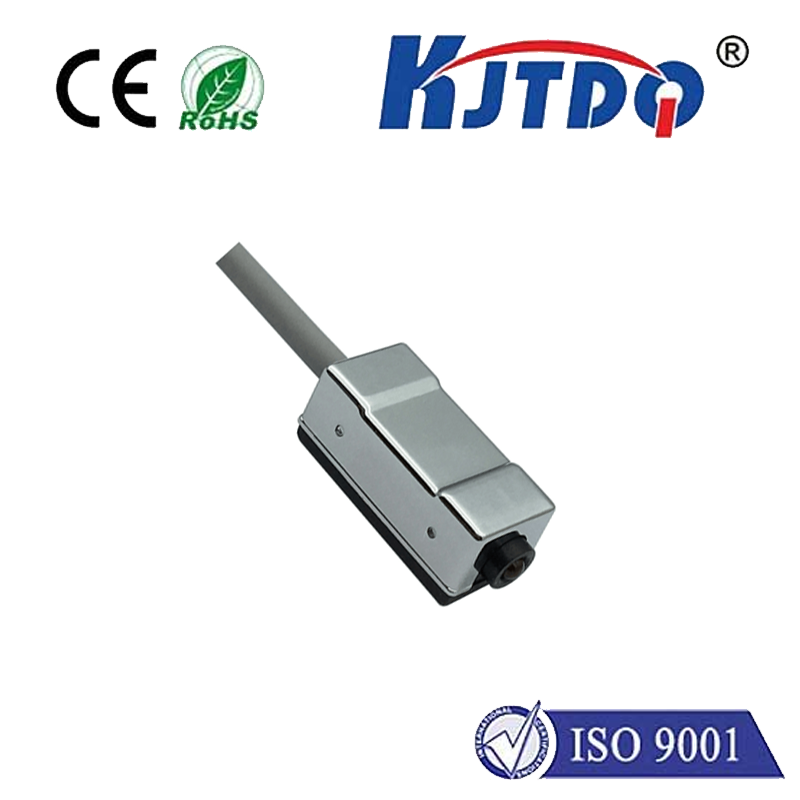BES02JM proximity sensor
- time:2025-10-02 00:51:18
- Click:0
BES02JM Proximity Sensor: The Precision Inductive Workhorse Powering Industrial Automation
Imagine a factory humming with activity – robotic arms welding with pinpoint accuracy, conveyor belts seamlessly transporting components, and automated systems assembling complex products. Beneath this orchestrated chaos, countless unsung heroes silently ensure everything runs smoothly. Among the most crucial are proximity sensors, and the BES02JM Inductive Proximity Sensor stands out as a particularly reliable and versatile performer in this critical role. Engineered for demanding industrial environments, it provides the essential non-contact detection that modern automation fundamentally relies upon.
Understanding the Inductive Proximity Sensor
Before diving into the specifics of the BES02JM, it’s vital to grasp the core technology. An inductive proximity sensor, like the BES02JM, detects the presence of metallic objects without physical contact. How does it achieve this? The sensor generates an electromagnetic field around its active face. When a ferrous metal (like iron or steel) or a non-ferrous metal (like aluminum or copper) enters this field, it induces small electrical currents (eddy currents) within the target metal. This interaction alters the sensor’s own internal oscillation circuit. The sensor detects this change and triggers its switching output – signaling “target detected.” This principle makes inductive sensors incredibly robust, wear-free, and ideal for dirty, dusty, or wet industrial settings.
Unpacking the BES02JM: Key Features and Strengths

The BES02JM proximity sensor embodies the practical application of inductive sensing, designed with features that address real-world industrial challenges:
- Compact Yet Robust Design: Designed in a space-saving barrel format (typically M8 or M12 threading), the BES02JM fits easily into tight machinery layouts. Crucially, it boasts a rugged IP67 rated housing. This signifies excellent protection against dust ingress and the ability to withstand temporary immersion in water up to 1 meter deep for 30 minutes – making it suitable for demanding workshop and washdown environments.
- Reliable Sensing Performance: Offering a defined sensing range (e.g., 2mm or 4mm variants are common – always refer to the specific datasheet for the exact model), the BES02JM provides consistent and dependable detection of metallic targets. Its shielded design allows for flush mounting in metal, providing flexibility in installation.
- IO-Link Compatibility (Crucial Feature): Many versions of the BES02JM proximity sensor are equipped with IO-Link communication (look for suffixes like “IO-Link” or specific IO-Link part numbers like BES02JMI-**). This is a game-changer in modern Industry 4.0 setups. IO-Link transforms a simple binary switch into a smart device, enabling:
- Remote configuration and parameterization.
- Real-time diagnostics and condition monitoring (e.g., signal strength, temperature).
- Simplified wiring (standard 3-wire cable).
- Seamless integration into higher-level control systems for predictive maintenance.
- Versatile Output Options: The standard BES02JM typically features a PNP (sourcing) switching output, normally open (NO) configuration. This design is widely compatible with Programmable Logic Controller (PLC) inputs commonly used in automation. Some variants might offer NPN or different switching logics.
- Durability and Temperature Resilience: Built for longevity, the BES02JM sensor operates reliably across a wide temperature range (e.g., -25°C to +70°C), ensuring consistent performance even in harsh conditions like foundries or cold storage facilities.
Where the BES02JM Proximity Sensor Excels: Applications
The combination of robustness, precision, and smart capabilities makes the BES02JM inductive sensor indispensable across countless industrial scenarios:
- Position Verification: Ensuring parts are correctly located on fixtures before machining or assembly begins. A misaligned part detected by the sensor prevents costly errors or machine damage.
- End-of-Travel Detection: Confirming cylinders have fully retracted or extended on machinery.
- Object Counting: Monitoring products passing on a conveyor belt (especially metallic items or pallets).
- Presence/Absence Checking: Verifying the presence of metal components (brackets, springs, tools, caps) in assembly processes or packaging lines.
- Level Monitoring: Detecting the fill level of metal parts in bins or hoppers.
- Machine Safety: Acting as part of interlock systems to confirm guards are closed before operation commences.
- Automotive Manufacturing: Used extensively on robotic welding cells, press lines, and assembly stations due to their resilience to sparks, dust, and vibration.
The Advantages of IO-Link in the BES02JM
For users opting for the IO-Link enabled version (e.g., BES02JMI-…), the benefits extend far beyond simple detection:
- Reduced Downtime: Early warnings about potential issues (like degrading signal quality or excessive temperature) allow for proactive maintenance before failure occurs.
- Simplified Replacement: Configuration data can be stored in the control system. Swapping a faulty sensor becomes plug-and-play; the new unit is automatically configured upon connection.
- Enhanced Process Data: Gain insights into the sensor’s environment and operation, contributing valuable data for optimizing processes.
- Flexibility: Operating modes or parameters (like switching delay or output type simulation) can be changed remotely via software, adapting to process changes without physical access.
Selecting and Implementing the BES02JM
To maximize the effectiveness of the BES02JM proximity sensor, consider these factors during selection and installation:
- Target Material: Confirm the sensor is suitable for your specific metal type (ferrous/non-ferrous). While designed for metals, sensing ranges can vary.
- Required Sensing Range: Choose the appropriate range variant (e.g., 2mm, 4mm) based on your mounting constraints and target distance. Remember: the actual usable sensing distance can be slightly less than the nominal value and depends on the target material and size.
- Mounting: Ensure correct mounting – shielded sensors require metal for optimal performance when flush mounting. Avoid mounting sensors directly facing each other to prevent mutual interference.
- Electrical Connection: Match the sensor’s output type (PNP/NPN) and voltage rating (commonly 10-30V DC) to your controller’s input requirements. Use adequate cable shielding in electrically noisy environments. The three-wire connection simplifies IO-Link BES02JM integration.
- Environment: Verify the IP67 rating meets your environmental needs (moisture, dust, temperature, potential chemical exposure). While robust, direct high-pressure jets or prolonged submersion may require higher IP ratings.
Conclusion
In the intricate dance of industrial automation, sensors like the BES02JM Proximity Sensor provide the essential sense of touch. Its robust construction, reliable inductive sensing technology, precise detection capabilities, and increasingly common IO-Link intelligence make it a fundamental component. Whether verifying part presence, ensuring machine safety, counting objects, or feeding valuable diagnostic data into a smart factory network, the BES02JM inductive proximity sensor consistently delivers the performance and durability needed to keep modern production lines running efficiently and reliably. Understanding its features and applications empowers engineers and technicians to leverage this versatile workhorse effectively within their automation solutions.






